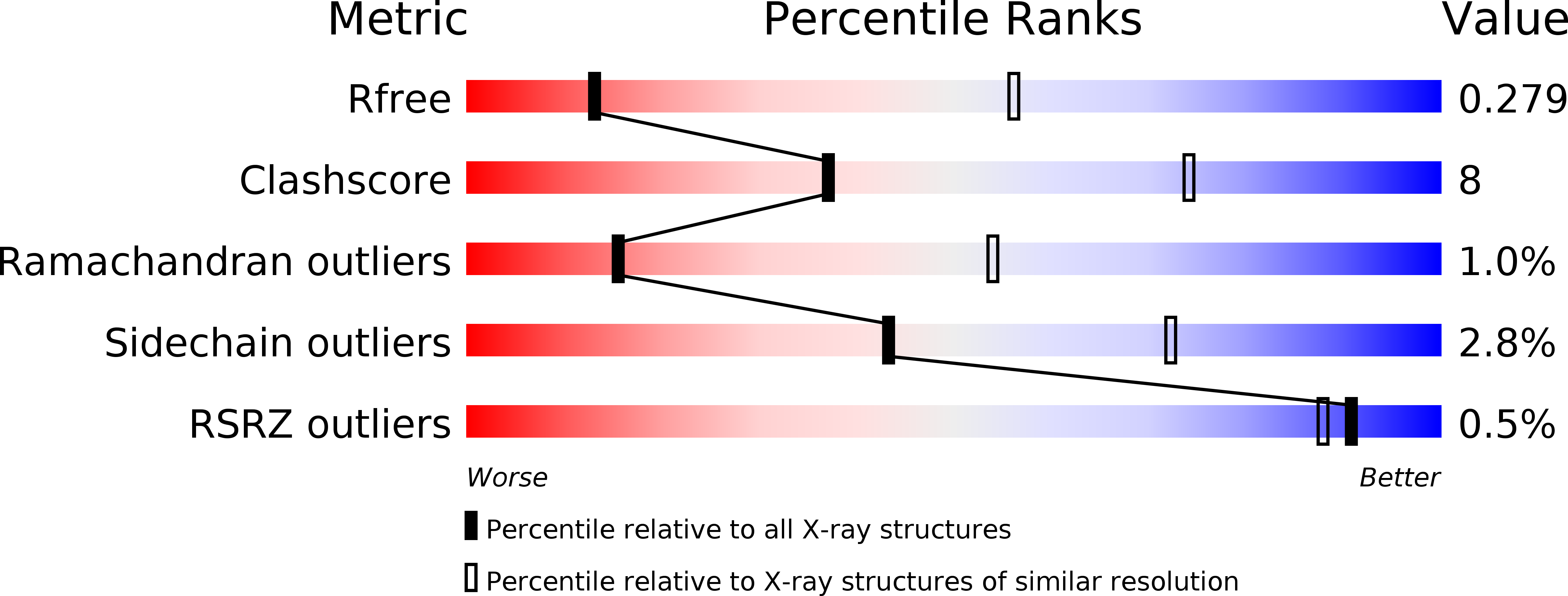
Deposition Date
2018-07-21
Release Date
2019-03-27
Last Version Date
2025-04-09
Method Details:
Experimental Method:
Resolution:
3.50 Å
R-Value Free:
0.28
R-Value Work:
0.23
R-Value Observed:
0.23
Space Group:
C 2 2 21


